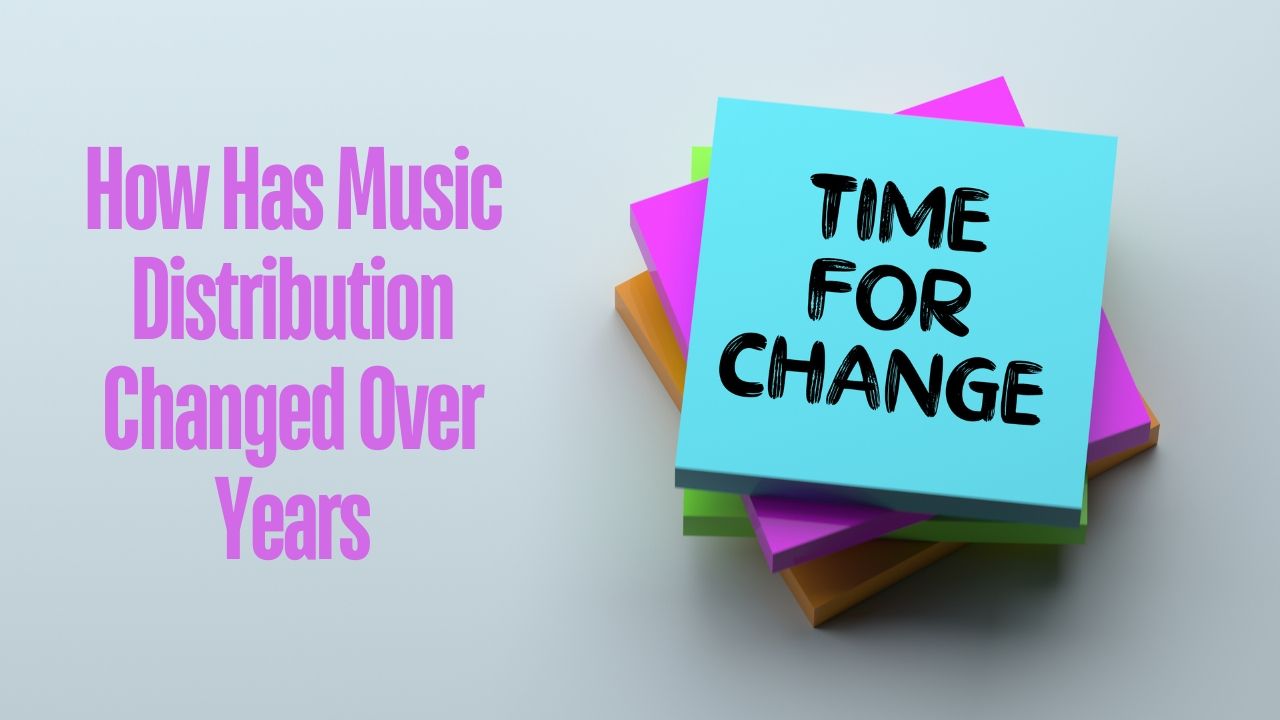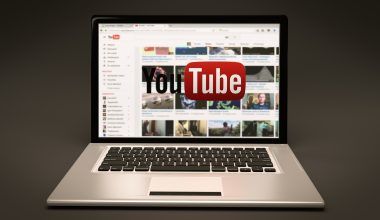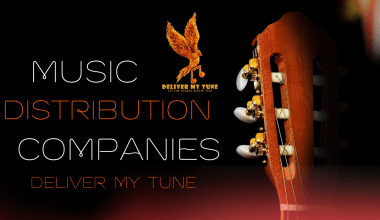Music distribution has gone through massive changes over the years. We’ve moved from vinyl records to digital downloads and now to streaming. Each shift has brought new opportunities and challenges for artists and listeners alike. This blog will dive into how music distribution has changed over the years. We’ll look at the key developments that shaped the industry and how these changes have impacted everyone involved.
The Early Days of Music Distribution
In the early 20th century, music was shared through physical formats like vinyl records, cassettes, and CDs. These formats were expensive to produce and distribute. Record labels had the resources to manage this process. They controlled who got to hear new music and when. If an artist wanted their music to reach a wide audience, they needed a record deal. Without it, their reach was limited.
Record stores were the main places where people could buy music. But not everyone had access to these stores. This limited the music’s reach to certain areas. People who lived far from major cities often had to rely on mail orders to get their hands on new records. This slow and limited distribution system made it hard for many artists to build large fanbases.
The Shift to Digital Music
The internet started to change everything in the late 20th century. Music began to move from physical formats to digital files. MP3s became popular because they were easy to share online. Peer-to-peer (P2P) file-sharing networks like Napster emerged in the late 1990s. These networks allowed users to share music files directly with each other.
This shift had a huge impact on how music distribution has changed over years. Suddenly, anyone with an internet connection could access a vast library of music for free. This led to many legal battles, as artists and record labels fought to protect their rights. But it also showed the world how powerful digital distribution could be.
Seeing the potential of digital music, companies like Apple launched platforms like iTunes. iTunes allowed users to buy and download individual songs or entire albums. This was a big change from the old model where people had to buy physical copies. Now, with a few clicks, anyone could own a song and play it on their computer or iPod.
The Rise of Streaming Services
The biggest shift in how music distribution has changed over years came with the rise of streaming services. In the mid-2000s, services like Spotify, Apple Music, and YouTube began to dominate the market. These platforms offered something new: instead of buying music, users could pay a monthly fee to access millions of songs on demand.
Streaming changed the way people consumed music. It became easier than ever to discover new artists and listen to music from around the world. You didn’t need to buy an album or even a single track. With a streaming subscription, you had access to everything.
For artists, this new model brought both opportunities and challenges. On one hand, streaming allowed them to reach a global audience without needing a record deal. Independent artists could upload their music to platforms like Spotify and instantly share it with millions of listeners. On the other hand, streaming also changed the way artists earned money. Instead of getting paid per album or song sale, artists now earned a fraction of a cent per stream. This new revenue model made it harder for musicians to make a living solely from their music.
Independent Artists and the DIY Revolution
The rise of digital music and streaming services has empowered independent artists. In the past, musicians needed a record label to distribute their music. Labels provided the money, connections, and resources to get an artist’s music into stores and on the radio. Without a label, most artists struggled to reach a large audience.
But today, that’s no longer the case. Digital distribution platforms like SoundCloud, Bandcamp, and TuneCore have made it possible for artists to distribute their music without a label. These platforms allow musicians to upload their music directly to streaming services and digital stores. They also provide tools to help artists manage their releases, track their sales, and even handle royalties.
This shift has led to a DIY (do-it-yourself) revolution in the music industry. Independent artists can now produce, distribute, and promote their music on their own. They have more control over their careers and can build direct relationships with their fans. Social media has played a big role in this change. Platforms like Instagram, Twitter, and TikTok allow artists to connect with their audience, promote their music, and even create viral trends.
Challenges of the Streaming Era
While streaming has made music more accessible, it has also created challenges. One of the biggest issues is the low payout rates for artists. As mentioned earlier, artists earn a fraction of a cent per stream. This means that even a song with millions of streams might not generate enough revenue to support the artist.
Another challenge is the sheer volume of music available on streaming platforms. With so much music out there, it can be hard for new artists to stand out. Playlists have become a crucial way for artists to reach listeners, but getting featured on a popular playlist is often difficult.
Streaming has also changed the way people value music. In the past, buying an album was a big deal. People saved up money to purchase records, and owning music was a source of pride. Today, with streaming, music is often seen as something to consume quickly and move on from. This shift has led some to argue that music has become less valuable as a cultural product.
Social media has become a vital tool in how music distribution has changed over years. Platforms like Facebook, Instagram, TikTok, and Twitter are now essential for promoting music. Artists can use these platforms to share new songs, connect with fans, and build their brand.
Social media has also given rise to viral music trends. A song can become a global hit overnight if it catches on TikTok or goes viral on Instagram. This kind of exposure can launch a career. Artists like Lil Nas X and Doja Cat used social media to turn their songs into massive hits. This kind of success would have been much harder to achieve in the past.
Social media allows artists to interact with their fans in real-time. They can respond to comments, share behind-the-scenes content, and even host live-streamed concerts. This level of interaction helps build a loyal fanbase and creates a sense of community around the artist’s music.
The Future of Music Distribution
Looking ahead, music distribution will continue to evolve. New technologies like blockchain and non-fungible tokens (NFTs) offer exciting possibilities. Blockchain could help artists manage their rights and royalties more transparently. NFTs allow musicians to sell unique digital items, like exclusive songs or limited-edition album art, directly to fans.
Streaming services will likely continue to dominate, but their models may change. There’s growing pressure to increase artist payouts and improve how royalties are distributed. We might also see new platforms emerge that offer different ways to access and enjoy music.
Data analytics will play a bigger role in the future of music distribution. Streaming platforms already use data to recommend songs to users. As these algorithms become more sophisticated, they’ll play an even bigger role in how we discover new music.
For artists, staying flexible and open to new ideas will be key. The music industry has always been shaped by technological change, and that trend will continue. By embracing new tools and platforms, artists can find new ways to reach their audience and build sustainable careers.
Conclusion
In conclusion, how music distribution has changed over years shows just how much the music industry has evolved. We’ve moved from physical records to digital downloads and now to streaming services. Each change has opened up new possibilities for artists and listeners. But these changes have also brought new challenges, especially for independent musicians trying to make a living in a rapidly changing industry.
As we look to the future, one thing is clear: music distribution will keep changing. By staying informed and adapting to new technologies, artists can continue to thrive in this dynamic industry.
For further reading, explore these related articles:
- Exploring Music as a Career: Pathways, Challenges, and Strategies
- 8 Skills to Learn as an Indie Artist in 2024
- Exploring the Latest Instagram & Facebook Updates for Artists in 2024
For additional resources on music marketing and distribution, visit Deliver My Tune.






